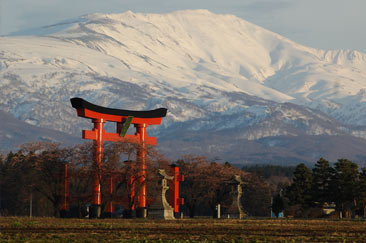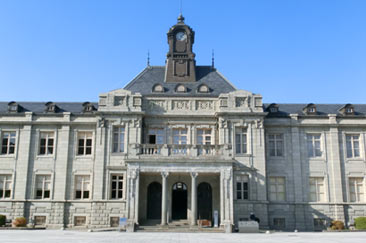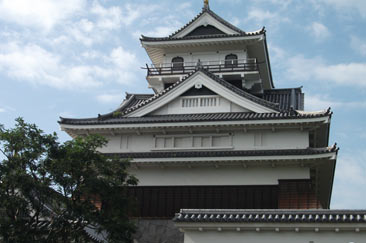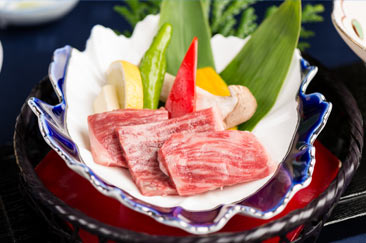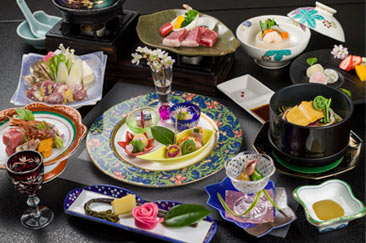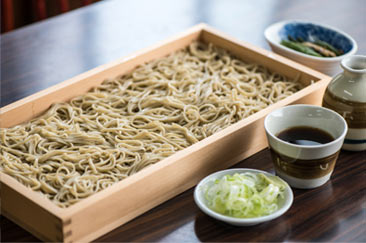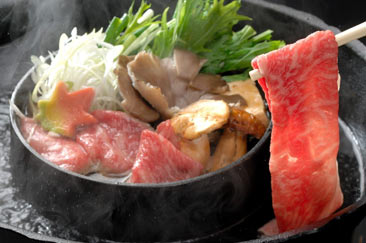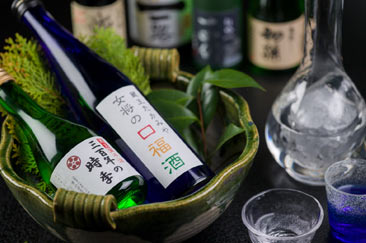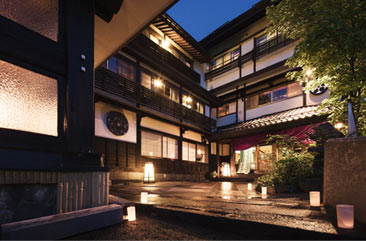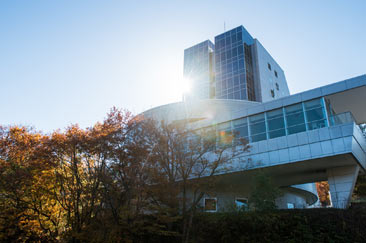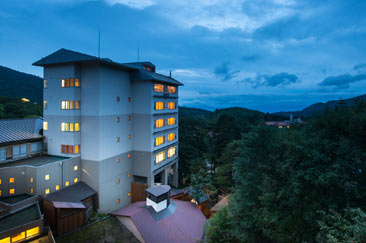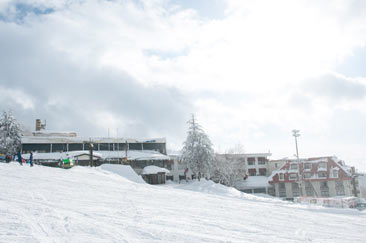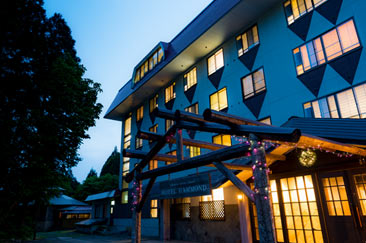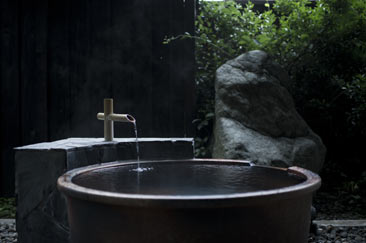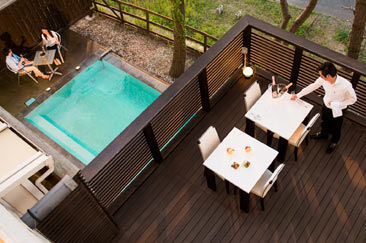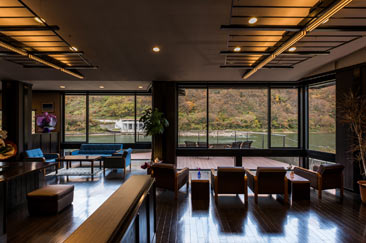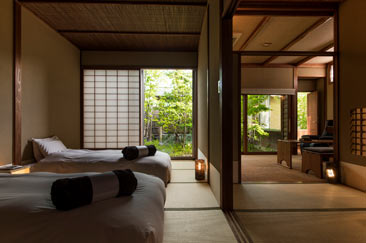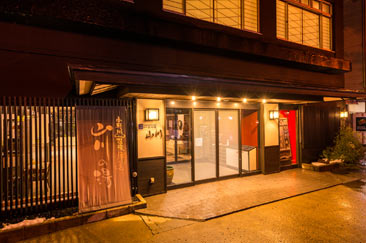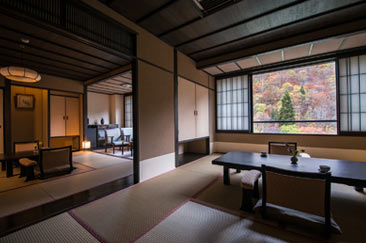-

Snow monster, Zao
These trees which grow to full size while snow and ice build-up on them are called “snow monsters”. Countless lines of these monsters create a splendid landscape forged by Mother Nature. You can take a ropeway to the center of the forest to fully enjoy the view of the trees.
Check the location on map
-
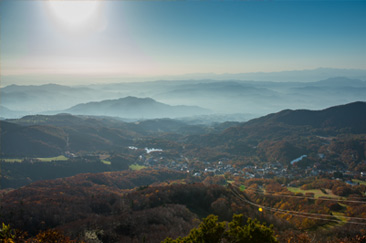
Zao Mountain Park, Zao
Taking the ropeway, you can admire the beautiful nature and the fall colors of Zao, not just during the winter months. Enjoy trekking and exploring the beautiful lakes and primeval beech forests of the central plateau, accessible by the Zao Central Ropeway.
Check the location on map
-
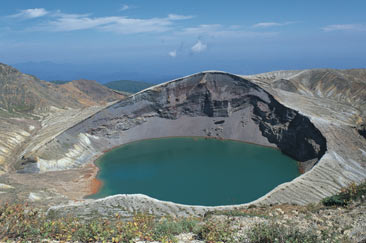
Okama crater. Zao
One of Zao’s popular scenic spots; voted most beautiful volcanic lake in the world. Gaze down at the stunning scenery as the color of the lake’s emerald green surface changes depending on the weather. The crater resembles a kettle (“okama”) used for cooking, hence the name.
Check the location on map
-

Mogami River, Tozawa
The scenic backdrop for the TV series “Oshin”. The valley the river runs through is called “Mogami Valley” and a boat cruise down the river is popular with visitors. You can enjoy a picturesque view of the surrounding mountains, which change their colors with the seasons.
Check the location on map
-
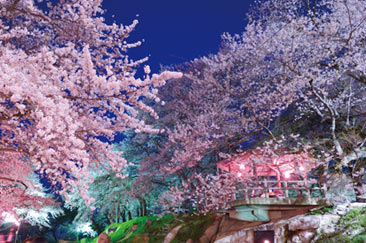
Eboshiyama, Nanyo
Enjoy the view of a thousand cherry trees in bloom, turning the mountainside a gorgeous pink color. See them illuminated at night and experience a magical atmosphere. The cherry trees spread all through the Eboshiyama area, a popular visitor’s spot called the „Okitama cherry tree corridor”.
Check the location on map
-

Somaro Teahouse, Sakata
This teahouse is a reconstruction of the old Soma-ya, a landmark of Sakata since the Edo period. The spacious banquet hall on the second floor is a popular spot to enjoy dinner and the dance performance of the Sakata Maiko. Pieces of fine art such as hina dolls and Yumeji Takehisa paintings on display add greatly to the historic atmosphere and beauty of the place.
Check the location on map
-

Sankyo Storehouse, Sakata
Built in 1893, this traditional storehouse for rice served as the setting for the popular TV series “Oshin”. Constructed as a low-temperature storehouse by the people of the past who knew how to utilize nature, it still functions as an agricultural warehouse today. Visited by many tourists, the grounds house a product promotion center, a museum of historical documents and a row of beautiful 150-year-old Japanese zelkova trees.
Check the location on map












